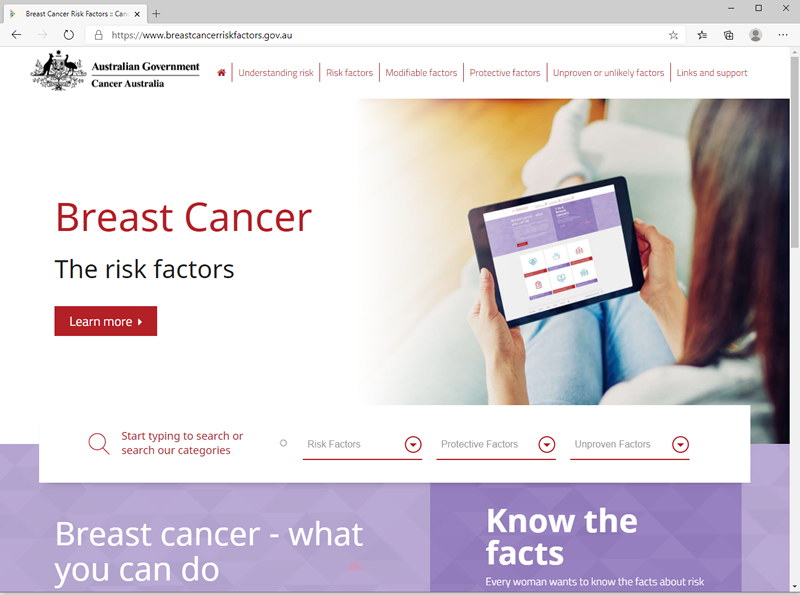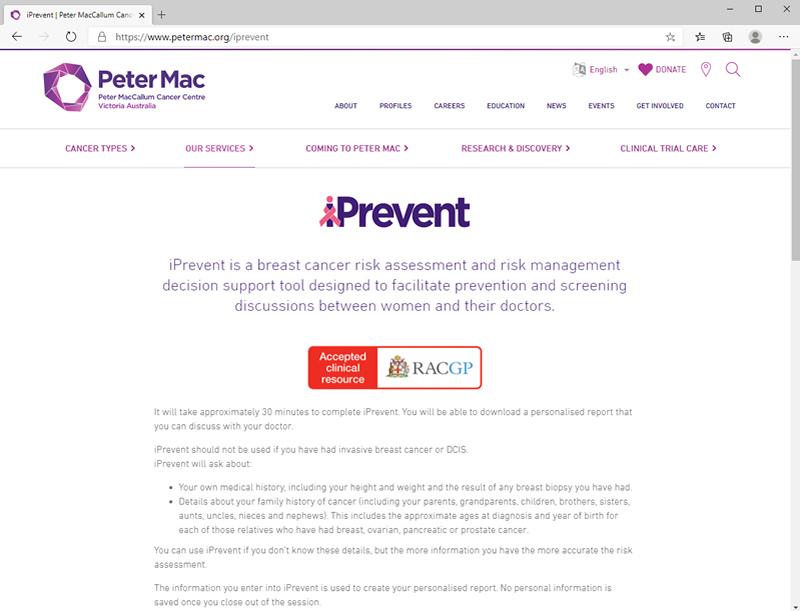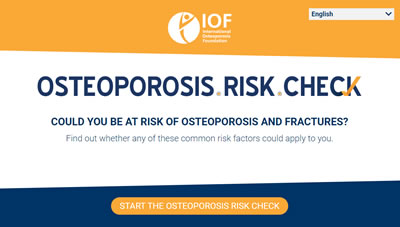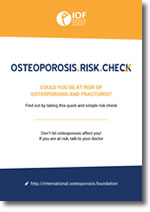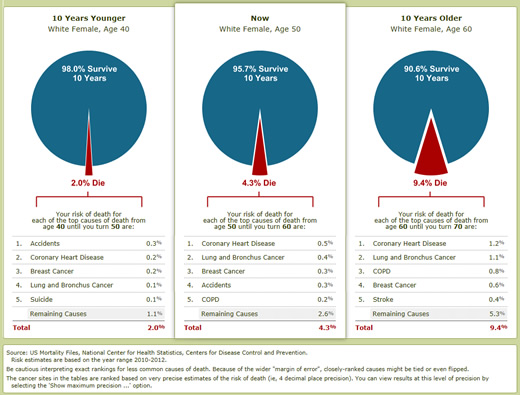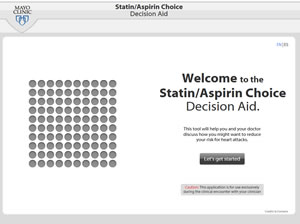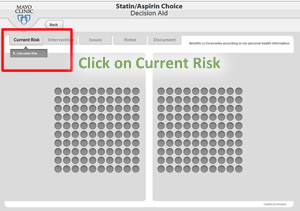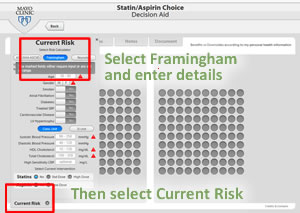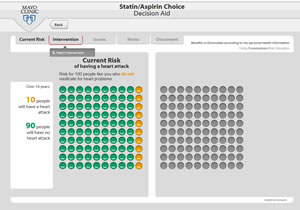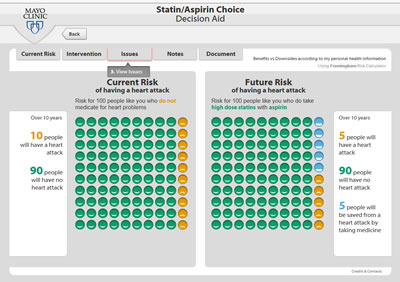Are you at risk of cardiovascular disease?
The risk of a woman developing hardening of the arteries (atherosclerosis), particularly of the arteries which supply blood to the heart (coronary arteries) increases with age.
It is uncertain whether oestrogen deficiency after menopause accelerates atherosclerosis over and above that due to ageing.
Non-modifiable risk factors:
- increasing age
-
having family history of heart disease
A number of modifiable factors influence a woman's risk of developing atherosclerosis and the
Heart Foundation (https://www.heartfoundation.org.au) provides information about risk reduction for each factor:
- smoking - both active smoking and being exposed to second-hand smoke
- high blood cholesterol
- high blood pressure
- diabetes
- being physically inactive
- being overweight
- depression, social isolation and lack of quality support
See Know your risks:
https://www.heartfoundation.org.au/heart-age-calculator
Content Updates September 2024


